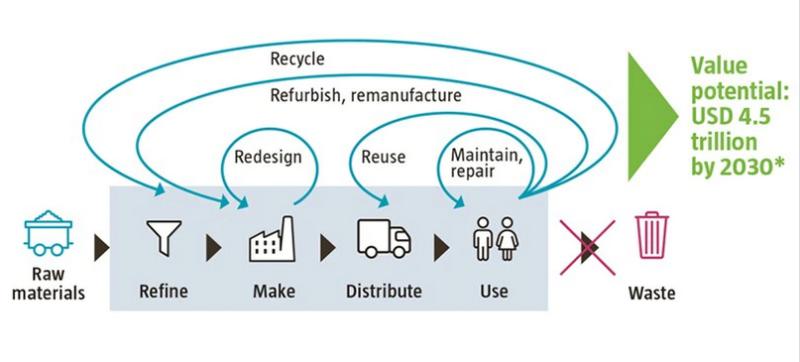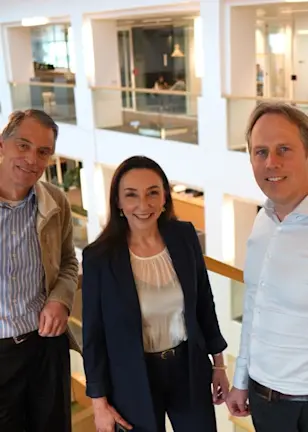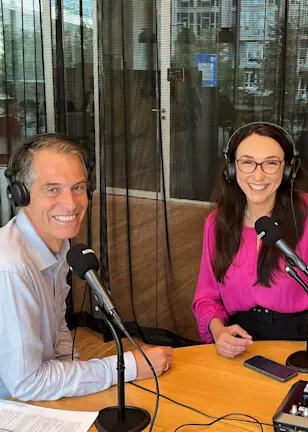Disclaimer
Confermo di essere un cliente professionale
Le informazioni e le opinioni contenute in questa sezione del Sito cui sta accedendo sono destinate esclusivamente a Clienti Professionali come definiti dal Regolamento Consob n. 16190 del 29 ottobre 2007 (articolo 26 e Allegato 3) e dalla Direttiva CE n. 2004/39 (Allegato II), e sono concepite ad uso esclusivo di tali categorie di soggetti. Ne è vietata la divulgazione, anche solo parziale.
Al fine di accedere a tale sezione riservata, si prega di confermare di essere un Cliente Professionale, declinando Robeco qualsivoglia responsabilità in caso di accesso effettuato da una persona che non sia un cliente professionale.
In ogni caso, le informazioni e le opinioni ivi contenute non costituiscono un'offerta o una sollecitazione all'investimento e non costituiscono una raccomandazione o consiglio, anche di carattere fiscale, o un'offerta, finalizzate all'investimento, e non devono in alcun caso essere interpretate come tali.
Prima di ogni investimento, per una descrizione dettagliata delle caratteristiche, dei rischi e degli oneri connessi, si raccomanda di esaminare il Prospetto, i KIIDs delle classi autorizzate per la commercializzazione in Italia, la relazione annuale o semestrale e lo Statuto, disponibili sul presente Sito o presso i collocatori.
L’investimento in prodotti finanziari è soggetto a fluttuazioni, con conseguente variazione al rialzo o al ribasso dei prezzi, ed è possibile che non si riesca a recuperare l'importo originariamente investito.
Sustainable Investing
Circular economy
The circular economy is an economic model that places a greater reliance on reusing existing materials in a series of loops. It aims to replace the current linear economy, which is based on the take-make-waste system of extracting minerals, turning them into manufactured products and then disposing of them at the end of their useful life.
Much of the concept of the circular economy involves words beginning with ‘re-‘: recycling, redesigning, reusing, refining, refurbishing and repairing – to name the most common descriptors. This has two main objectives:
Making more efficient use of the Earth’s resources, as research shows that the linear model consumes finite resources at 1.75 times the planet’s annual regenerative capacity. In some areas such as farming and mining, we are already approaching planetary boundaries regarding deforestation, biodiversity and extractive limits.
Eliminating the billions of tons of waste that are produced by the linear economy every year, much of which ends up in unsustainable landfill, or is dumped in the ocean. Plastic packaging is a particular problem, since 80% of it is never recycled. Electronic devices are also commonly discarded, when it would be possible to retain up to 90% of the product’s value by using a more modular and recyclable design.
Keeping products in the loop creates value.

Source: Robeco
Rather than downsizing the economic model, proponents of the circular economy predict it will create USD 4.5 trillion in market opportunities by 2030 – principally through new means of production, recycling and sharing. New technologies such as developing biodegradable plastics, as well as changing consumer preferences regarding longer lasting products, are seen as major drivers.
In order to capitalize on this trend, Robeco founded its Circular Economy Equities strategy in January 2020 to target those companies that are contributing towards this concept. It does so through four clusters: redesigning inputs, enabling technologies, implementing circular use, and looping resources, as shown in the graphic below:
Creating returns that benefit the world we live in

Redesign inputs Redesign inputs
Consumer Packaging
Renewable Feedstock & Fiber
Building Materials
Precision Farming

Enabling technologies Enabling technologies
Digitization
Product as Service
Logistic & Testing

Circular use Circular use
Nutrition
Fashion & Leisure
Household & Lifestyle
Sharing Economy

Loop resources
Lifetime Extension
Collection & Sorting
Recovery & Recycling
The move towards a circular economy is becoming more urgent as increasing urbanization, a rising hyper-consuming middle class and a global population approaching 10 billion, create unsustainable pressure on resources and waste management. According to the European Union’s Circularity Gap Report 2020, only 9% of the current world economy is circular.
















